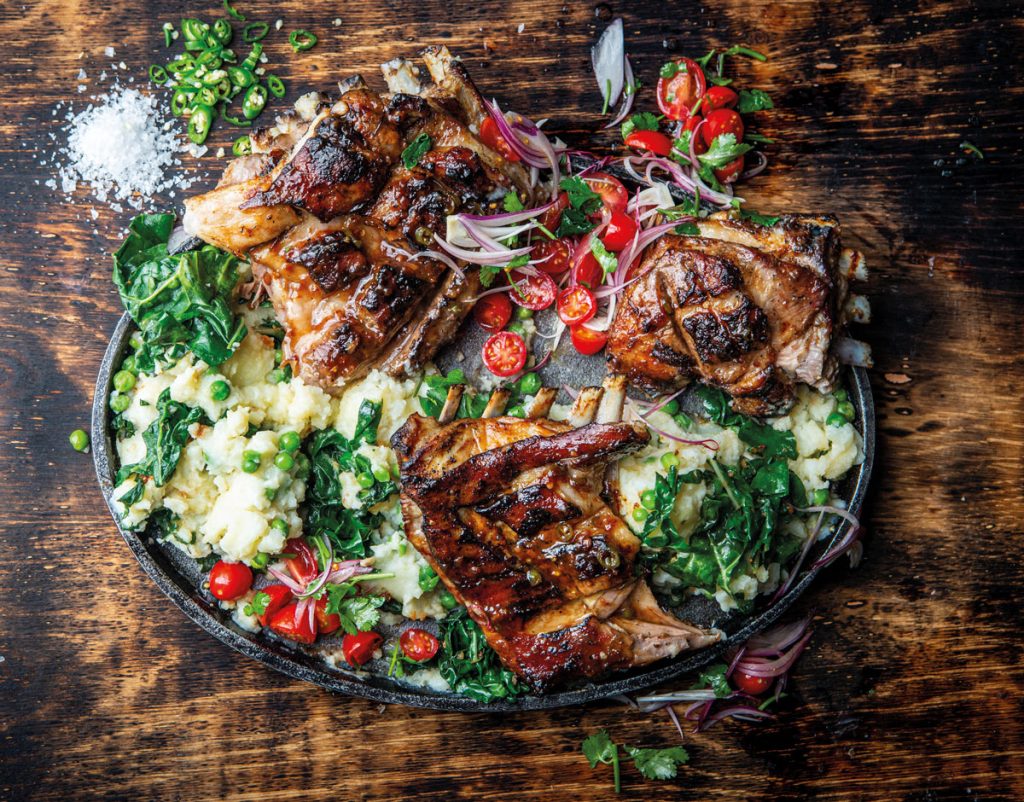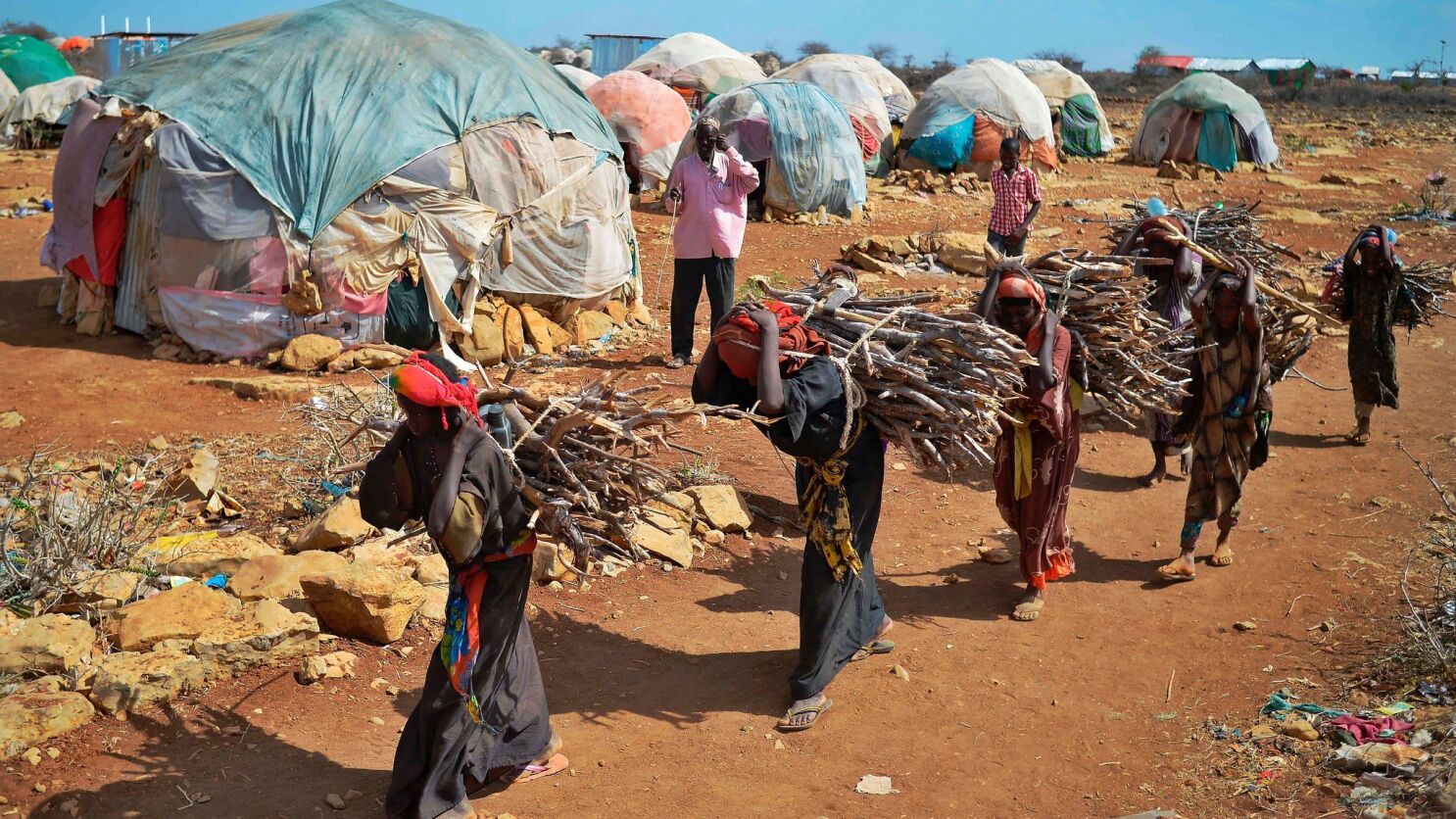1. Chapati
The word chapat in Hindi means “slap” or “flat” which describes the traditional method of forming rounds of thin dough by slapping the dough between the wetted palms of the hands. With each slap, the round of dough is rotated.
They are made using a soft dough comprising wheat flour, salt and water. It is more finely ground than most western-style whole wheat flours.
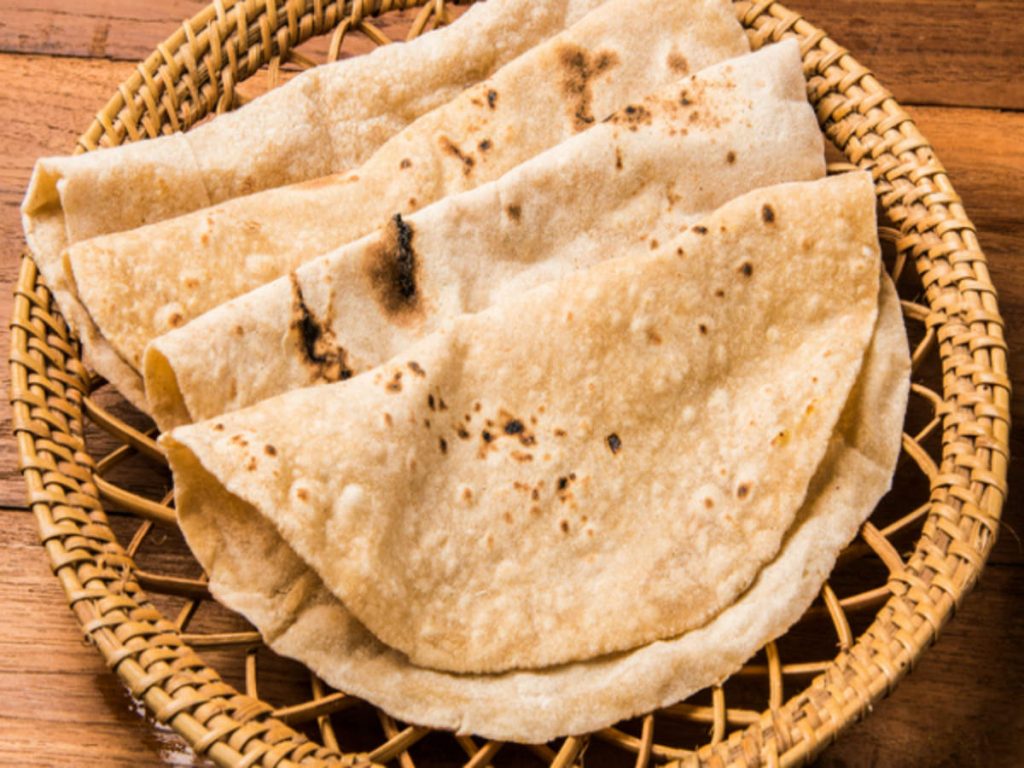 In order for the gluten in the dough to develop, the dough is normally prepared with flour, salt, and water, kneaded with the hand made into a fist and left to proof for at least 10 to 15 minutes to an hour. The dough softens and becomes more malleable after proofing.
In order for the gluten in the dough to develop, the dough is normally prepared with flour, salt, and water, kneaded with the hand made into a fist and left to proof for at least 10 to 15 minutes to an hour. The dough softens and becomes more malleable after proofing.
The dough is divided into small pieces, which are then made into balls, squished between the palms to form discs, dipped in flour, and rolled out with a rolling pin into a flat disc on a circular rolling board.
Additionally, there are Chapati makers that automate the entire procedure.
Although they are uncommon in many homes in East Africa, automatic ones are.
The majority of them favour making them by hand. The rolled-out dough is then thrown on the preheated dry pan and cooked on both sides. The hot steam cooks the Chapati rapidly from the inside. Thereafter they are topped with oil to complete the cooking process.
2. Ugali
It is the most common food in Kenya that every household can never miss to have. it is sometimes made from other flours, such as millet or sorghum flour, and is sometimes mixed with cassava flour. It is cooked in boiling water until it reaches a stiff or firm dough-like -consistency.
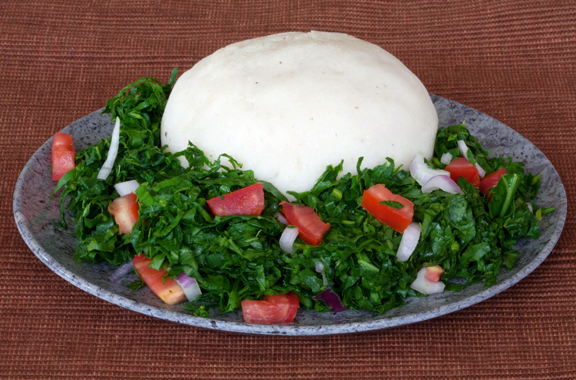 Ugali is usually served with traditional vegetables, stew, or sukumawiki (also known as kale). It is the most common staple starch featured in the local cuisines of the African great lakes region and Southern Africa.
Ugali is usually served with traditional vegetables, stew, or sukumawiki (also known as kale). It is the most common staple starch featured in the local cuisines of the African great lakes region and Southern Africa.
The traditional way to consume Ugali is to roll a lump into a ball with the right hand, then dip it into a sauce or stew of vegetables or meat. This approach is especially popular in rural areas.
The Ugali can be used to scoop and wrap around pieces of meat to pick them up in a similar manner that flatbread is used in other cultures by creating a depression with the thumb. The next morning, you can have any leftover Ugali with your tea.
Ugali is relatively inexpensive and thus easily accessible to the poor, who usually combine it with a meat or vegetable stew to make a filling meal. Ugali is easy to make, and the flour can last for a considerable time in average conditions.
3. Injera
This is a sour fermented pancake-like flat bread with a slightly spongy texture, traditionally made of teff flour. In countries like Ethiopia, Eritrea and some parts of Sudan, this meal is their staple. Injera is central to the dining process, like bread or rice elsewhere. Traditionally, injera is made with just two ingredients – teff flour and water.
Teff flour is ground from the grains of Eragrotis teff is also known as teff, an ancient cereal crop from the Ethiopian Highlands .
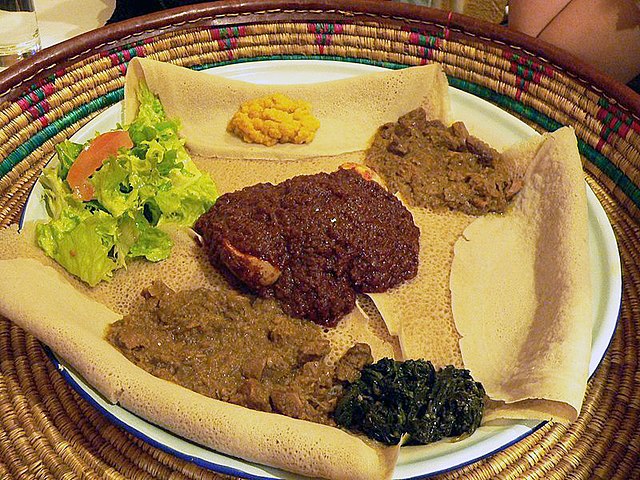 Teff is a low-yielding crop that can only be produced in a few middle elevations with sufficient rainfall, and as a result, it is relatively expensive for the typical agricultural household. Wheat, barley, corn, or rice flour are occasionally used to replace some or all of the teff content because many farmers in the Ethiopian highlands grow their subsistence cereals.
Teff is a low-yielding crop that can only be produced in a few middle elevations with sufficient rainfall, and as a result, it is relatively expensive for the typical agricultural household. Wheat, barley, corn, or rice flour are occasionally used to replace some or all of the teff content because many farmers in the Ethiopian highlands grow their subsistence cereals.
Teff seeds are graded according to color, used to make different kinds of injera: nech (white), key or quey (red), and sergegna (mixed).
Injera is produced by fermenting a range of various grains, including barley, millet, and sorghum, when teff is not readily available, typically due to location or financial constraints. Teff is the favoured grain for injera, nevertheless, mostly because of its sensory qualities (colour, smell, taste). Teff flour is devoid of gluten. Teff flour and water are combined to create injera.
4. Nyama Choma
It is he unofficial national cuisine of Kenya.It is Swahili word for grilled meat. Throughout the nation, from roadside shacks to fine dining establishments, the meat is typically served roasted and is either goat or beef.
It frequently goes with regional beer and side dishes like ugali. Grilled goat meat is the speciality of the nyama choma. In Tanzania as well as Kenya, where it is regarded as the national dish, roasted meat is highly well-liked. Nyama choma translates to “barbecue beef” in Kiswahili. Both upscale restaurants and roadside greasy spoons sell it. It is consumed using the fingers.
Although there are many different side dishes, the kachumbari salad and the ugali are the most traditional.

